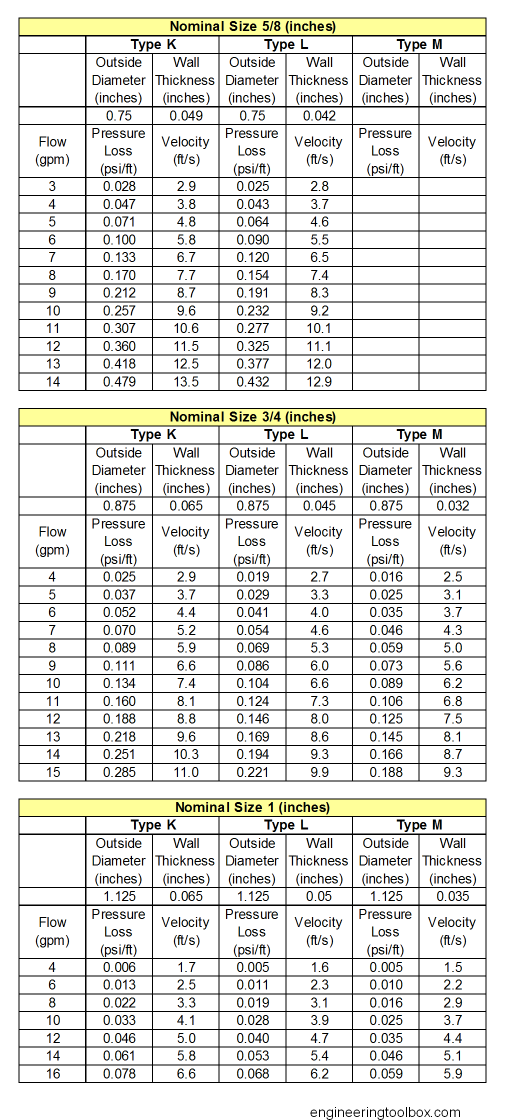Thanks John. I appreciate your perspective. I will start with 18" of LF brass since I can't use copper here. In your opinion, is there any potential downside to me starting the run with an elbow? I.e. screwing an elbow directly to the inlet/outlet. Any risk of bottleneck, whether for water pressure performance or safety reasons?The thing your mistaken on is "no one knows" best practice is 18" of metallic pipe to and from the water heater. What Terry said is that they use flex connectors, which are metal.
Best practice is known. Metallic hard pipe to the water heater. If earthquake area metallic flex connectors with the water heater strapped to the wall. That is best practice. I'm surprised no one has given you a link, but the metallic flex comnectors are becoming the go to. Pretty much no pro plumber would hook PEX to a water heater, but it takes all kinds.
Also, "Pretty much no pro plumber" in your neck of the woods = "pretty much every pro plumber" in mine. I'll gladly/sadly take you on a tour of 200 $50k-$2m houses around here and buy you a beer if more than 2 meet your hard pipe requirements. 90% of "best practice" stuff I've learned on FHB, JLC, Terry Love, Mike Holt, whatever... is from people on the coasts or, sometimes, in high-end builders in left-leaning major cities like Matt Risinger (in no way representative of TX average practice). I'm born and raised in TX and work here. I'm trying to do better than what I see around me. That's why I'm asking you questions.


